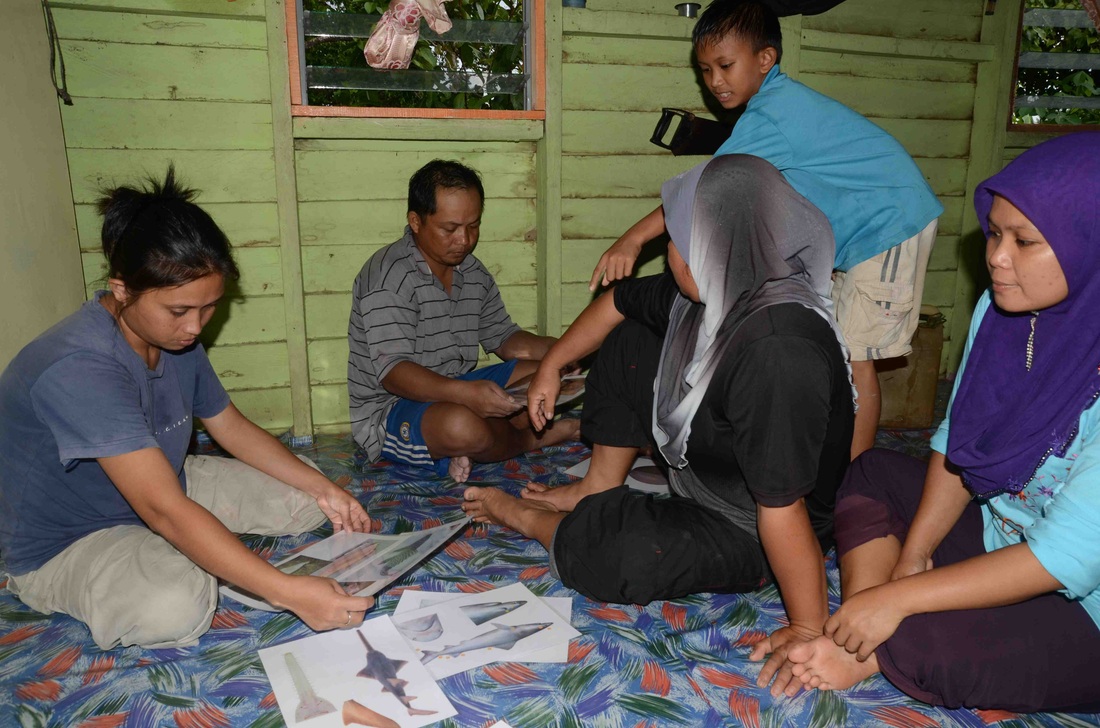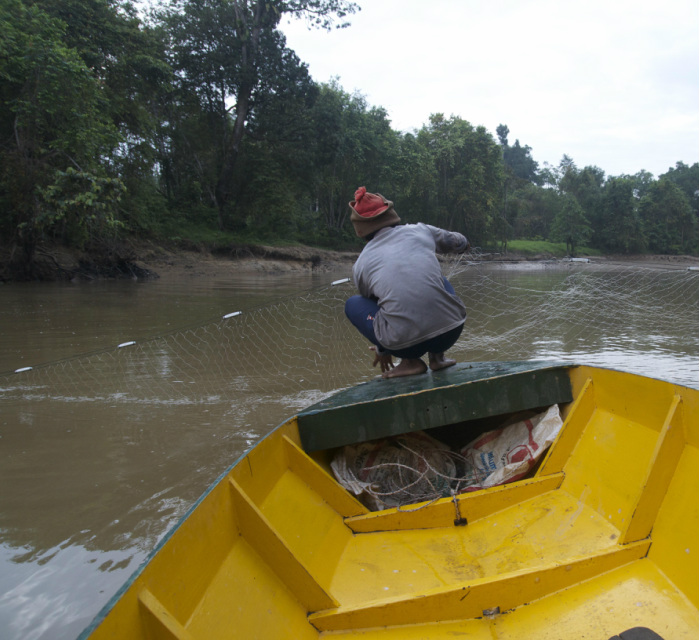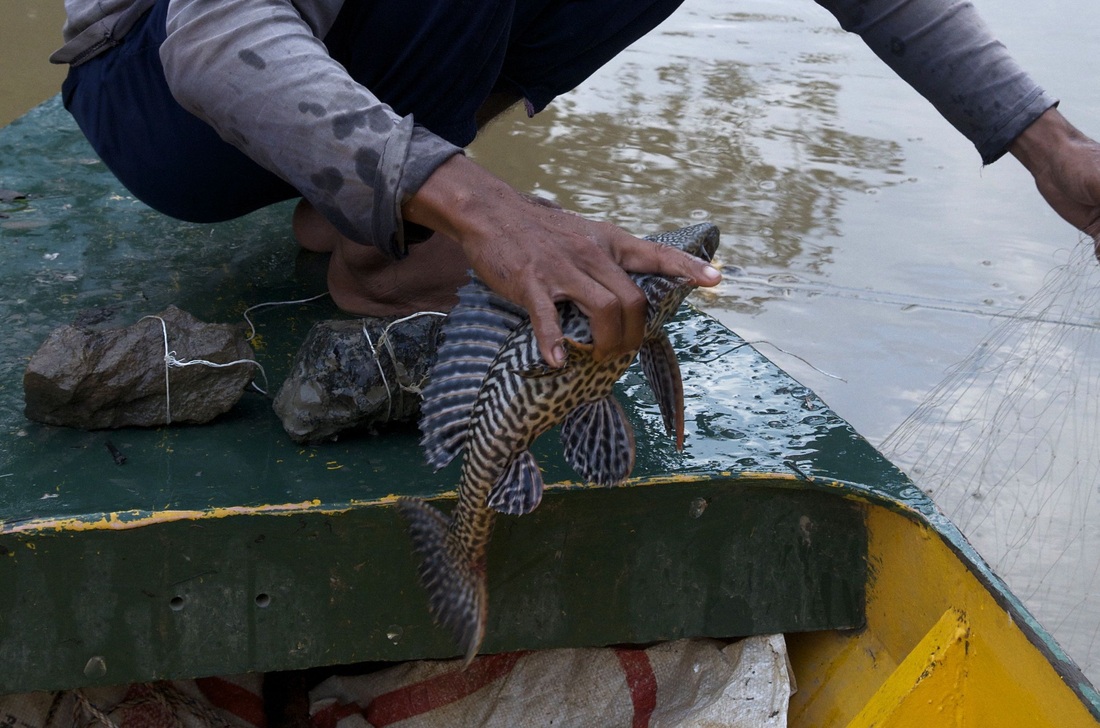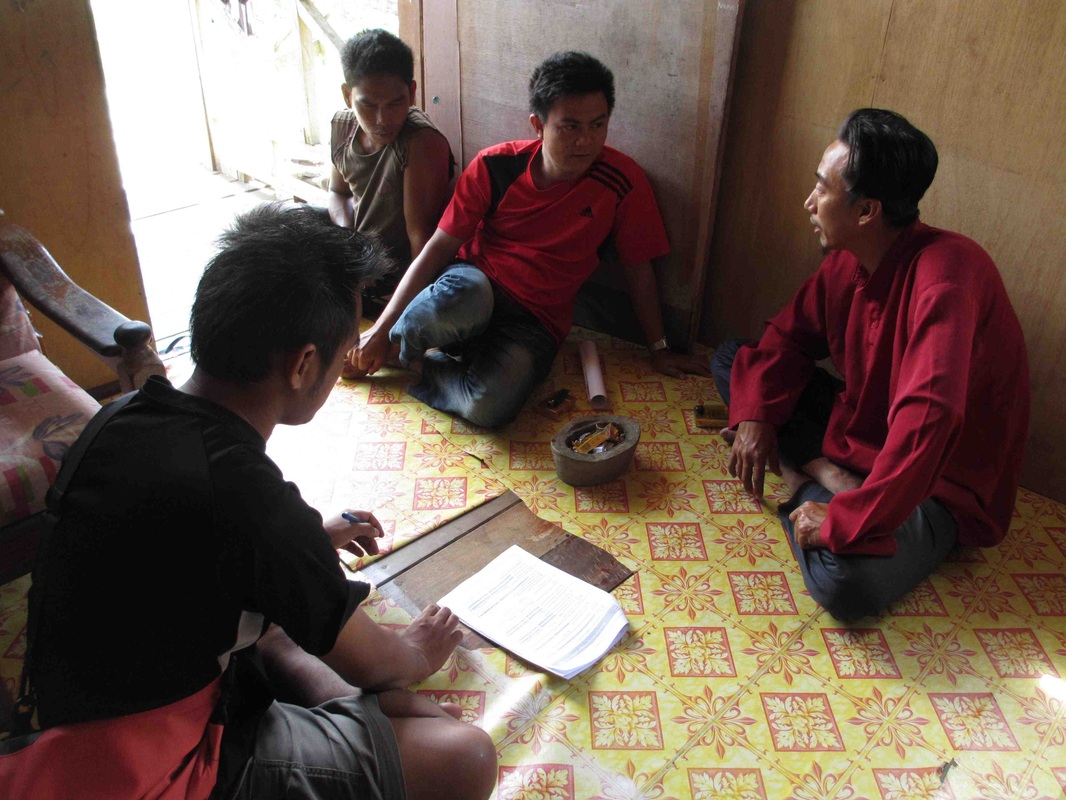To begin engagement with the people in Abai village, several consultations with with CAP were held in the village on March 24th. The first meeting involved an informal presentation about the project, a discussion about the river and fishery related issues, and a lunch attended by the assistant JKKK and 10 CAP members. The outputs of the initial visit to Abai are as follows:
- CAP members are supportive of the project and wish for the Abai community to be involved in the activities of the project;
- CAP will assist in the organization of a village gathering where we will present and discuss the project with the Abai community and its leaders;
- The project will engage the help of KOCP to train 4 Abai community members to conduct the interview surveys in Abai in the month of June.




 RSS Feed
RSS Feed